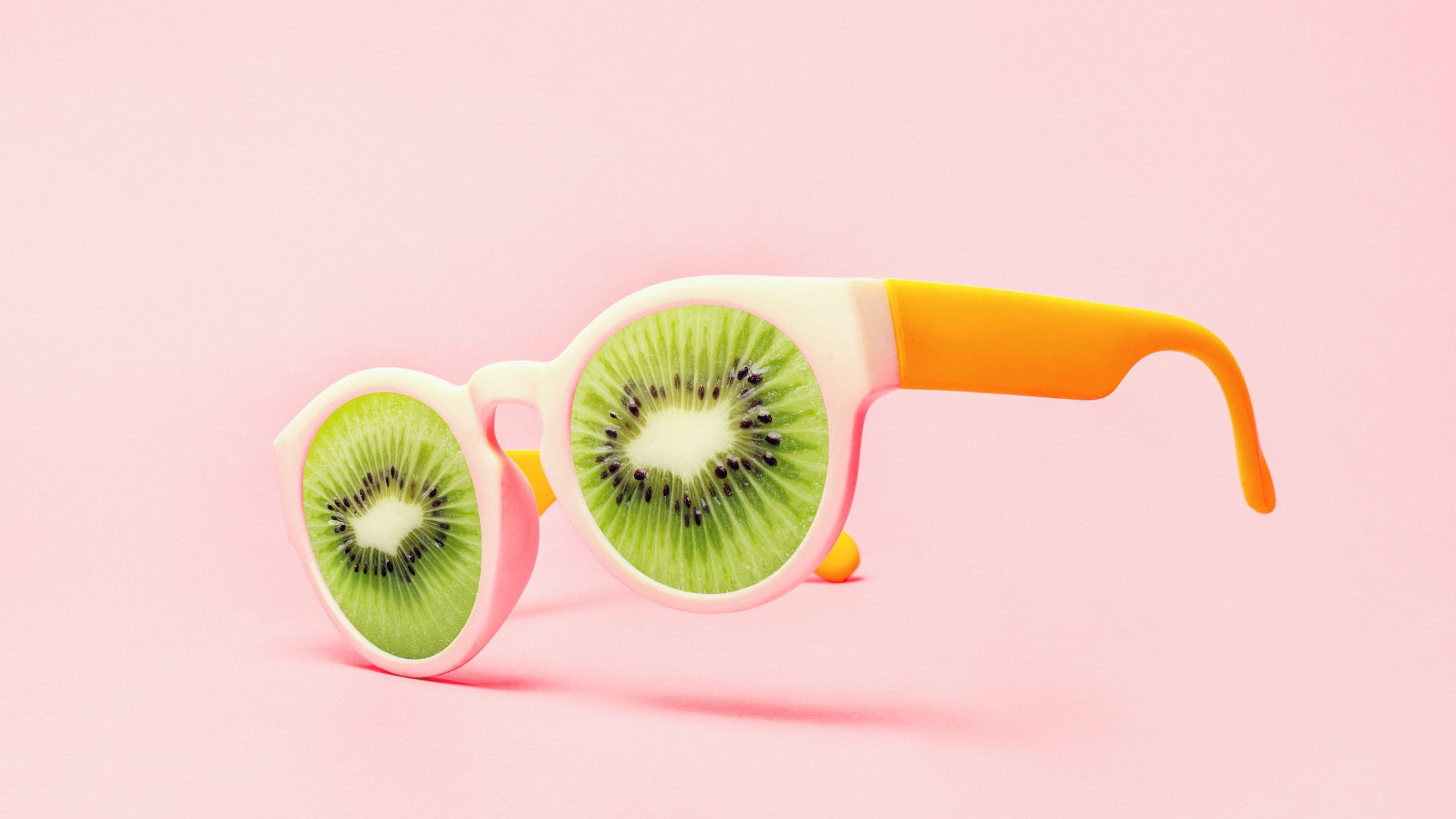
DYK, Sunscreen Isn’t The Only Way To Protect Your Skin From The Sun?
Not that we’re saying sunscreen isn’t important. It is. It SO is. But couple your daily SPF with these other sun safety tips and you can be happy knowing you're doing everything you can to protect your skin from the sun.
While we love the sun and, well, couldn’t survive without it, studies show that sunlight is the number one cause of external skin aging. Now, we don’t like to point the finger, but this means almost everything you hate about your skin – fine lines, wrinkles, rough texture, lack of firmness, dark spots, enlarged pores, the works – is primarily down to sun damage. Dang.
We constantly bang on about the importance of applying a broad-spectrum SPF 30 sunscreen daily and make no apologies for it. But today, we’re here to give that particular lecture a temporary rest because we want to talk about all the other things you can do to protect your skin from the slings and arrows of the sun.
Make the below a top priority this summer (along with your essential SPF, of course) and who knows, you might ward off those visible signs of premature aging just that little bit longer.
Apply Topical Antioxidants
As we’re sure you’re aware, we’re massive fans of topical antioxidants here at TruSkin. And one of the main reasons we love them? Sun damage control.
Exposure to the sun is one of the biggest causes of free radicals – those pesky compounds which love to do a number on your skin, destroying important proteins and causing what’s known as oxidative stress. Oxidative stress spells major bad news for your skin as it leads to the breakdown of collagen and elastin, resulting in lines, wrinkles and premature sagging.
The good news is antioxidants fight tooth and nail against free radicals to limit harm and keep your skin looking awesome for as long as possible. Studies have shown that two of the best antioxidants for sun protection are vitamins C and E. And more good news: we combine these two free radical-fighting powerhouses with hyaluronic acid in our Vitamin C Facial Serum. Apply it underneath your moisturizer and sunscreen daily to really amp up your protection game. But remember, antioxidants do NOT protect your skin from sun burn so don’t think applying a vitamin C serum makes you invincible from the sun. It does not.
Avoid Direct Sunlight Whenever You Can
Nothing beats lounging outside on a hot, sunny day. Actually, add a frozen margarita into the mix and now we’re getting somewhere. But sitting outside in the direct, midday sun? So not good for your skin. Shade always trumps sun, hands down.
Depending on the density and coverage of your chosen shady spot, sitting in the shade protects you from around 15 percent of UV light. Granted, this doesn’t sound like a lot, but when it comes to looking after your skin, we say every smidge of protection counts.
Look for a tree to sit under when picnicking in the park, or remember to take an umbrella if you’re going to spend a day out in the sun. And when looking to buy a new beach umbrella or awning, make sure you look for The Skin Cancer Foundation's Seal of Approval which guarantees the fabric has reached the minimum requirements of 30 UPF (ultraviolet protection factor).
Wear Protective Clothing
Did you know what you wear can also have an impact on your level of sun protection? Plus, clothes don’t wear off like sunscreen as an added bonus. Simple choices like wearing loose fitting clothes, long sleeves or densely woven fabrics such as denim or wool are way more protective for your skin than tight, stretchy or sheer clothing.
Also, according to The Skin Cancer Foundation, dark or bright colors are way better than lighter tones because they help absorb UV radiation before it reaches your skin, adding further protection from sun damage.
Finally, don’t forget a good, tightly-woven hat that doesn’t show too much light through it (you can always check this with a flashlight). A 3-inch brim around the entire circumference is optimum, but if you’re a baseball cap kinda gal, think about adding some kind of drape over your neck and ears to protect those delicate areas.
Don’t Forget Your Sunglasses
Looking after the skin around your eyes is arguably even more important than the skin on the rest of your face. How so? Because this area is thinner and more delicate meaning it’s much less efficient at protecting itself from environmental damage. Also, between 5 and 10 percent of all skin cancers are found on the eyelids. Big warning, right there.
Protect your eyes by wearing sunglasses all year round (even on cloudy days) and choose those that are 100 percent effective at blocking both UVA and UBA radiation. And remember, dry, dehydrated skin around your eyes will age you up super fast so always apply a hydrating eye cream twice daily. Try Hyaluronic Acid Eye Cream which, on top of HA, contains hard-working antioxidants and age-defying ingredients like plant peptides, panthenol and botanical oils.
Think About Your Diet
Last but not least, up your sun protection from the inside out by making a few smart healthy eating choices. Laden your diet with antioxidant-rich fruit and veggies like kiwis, berries, citrus fruits, tomatoes and broccoli and snack on almonds, walnuts and seeds to up your levels of omega 3 essential fats which help reduce UV-induced inflammation.
Studies have also shown that foods which are high in beta-carotene may also play a part in protecting your skin from sun damage. These included sweet potatoes, bell peppers, carrots, spinach and butternut squash.
(Don't forget, however, none of these steps are as important as regular sunscreen. Always, we repeat, always protect your skin with a broad-spectrum SPF 30 lotion or moisturizer as the final step in your morning routine)



















